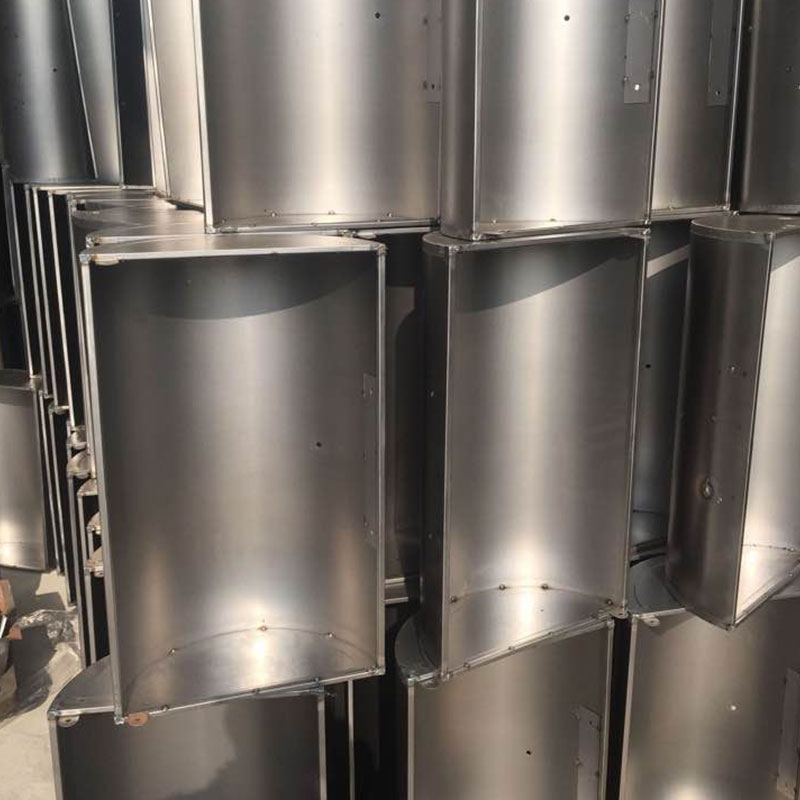Summary:With the rapid development of modern industry, more and more forging plants have been established an...
With the rapid development of modern industry, more and more
forging plants have been established and developed to meet the needs of industrial development. But forging is not only a production process, but also a production process. Forgings play a key role in the quality of products. Forgings refer to workpieces or blanks obtained by forging and deforming metal blanks. The mechanical properties of the metal blank can be changed by applying pressure to it to produce plastic deformation. Next, we will introduce the characteristics of forging processing.

1. The structure and performance of forgings are improved.
After the metal is forged, its internal structure has undergone significant changes. The forging formed by the blank has good shape and dimensional stability, reasonable fiber structure, refined structure, improved distribution of the second phase, plasticity and impact toughness of the forging. The strength and fatigue performance have been greatly improved, and the performance change between forgings and forgings is small.
2. The utilization rate of materials is high.
Forging processing is to use metal to achieve forming through volume transfer in a plastic state, to obtain forgings of a certain shape and size, without cutting, only a small amount of process waste, and high utilization of materials.
3. High dimensional accuracy.
The workpieces obtained by metal forging can achieve high dimensional accuracy, the machining allowance of forgings is small, and many forging forming methods have reached the requirements of little or no cutting.
4. Flexible forging process
It can be produced in a single piece or in large quantities, with high productivity. For free forging, it can be produced in small batches or single pieces. At present, free forging is the main forging process for large forgings. With continuous development and the improvement of mechanization and automation, die forging production has high production efficiency and is suitable for mass production.
Due to the above-mentioned characteristics of forging processing, forging processing has been widely used in the production of parts in various industrial sectors. Rotors, guard rings, steam turbine shafts, etc. of large generators in the power industry are all forgings, and components such as rolls and molds in the metallurgical industry can be forged. The advanced degree of forging technology has become one of the important symbols of a country's industrial level.
 Main:+86 574 87907106
Main:+86 574 87907106![]() Main:+86 574 87907106
Main:+86 574 87907106